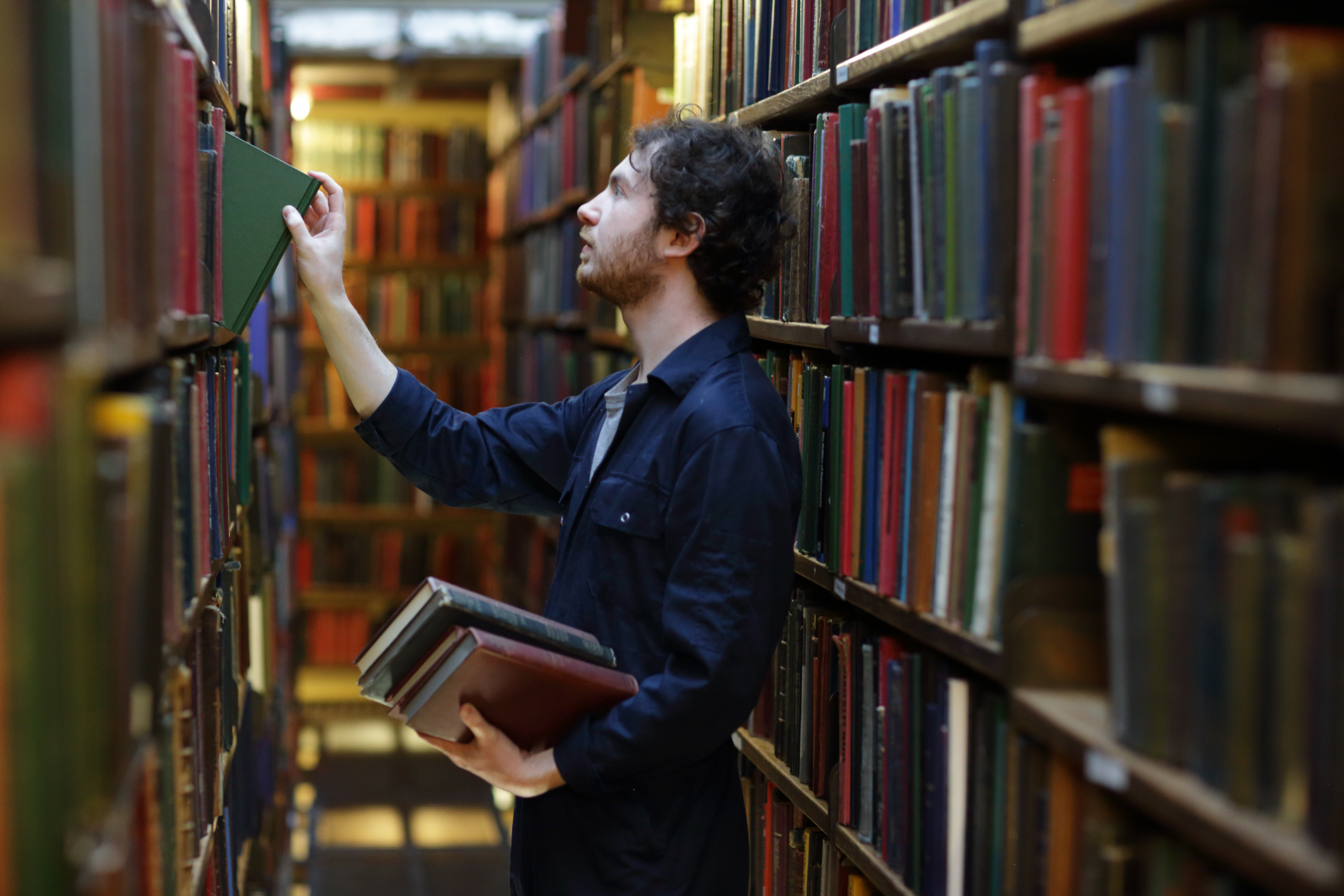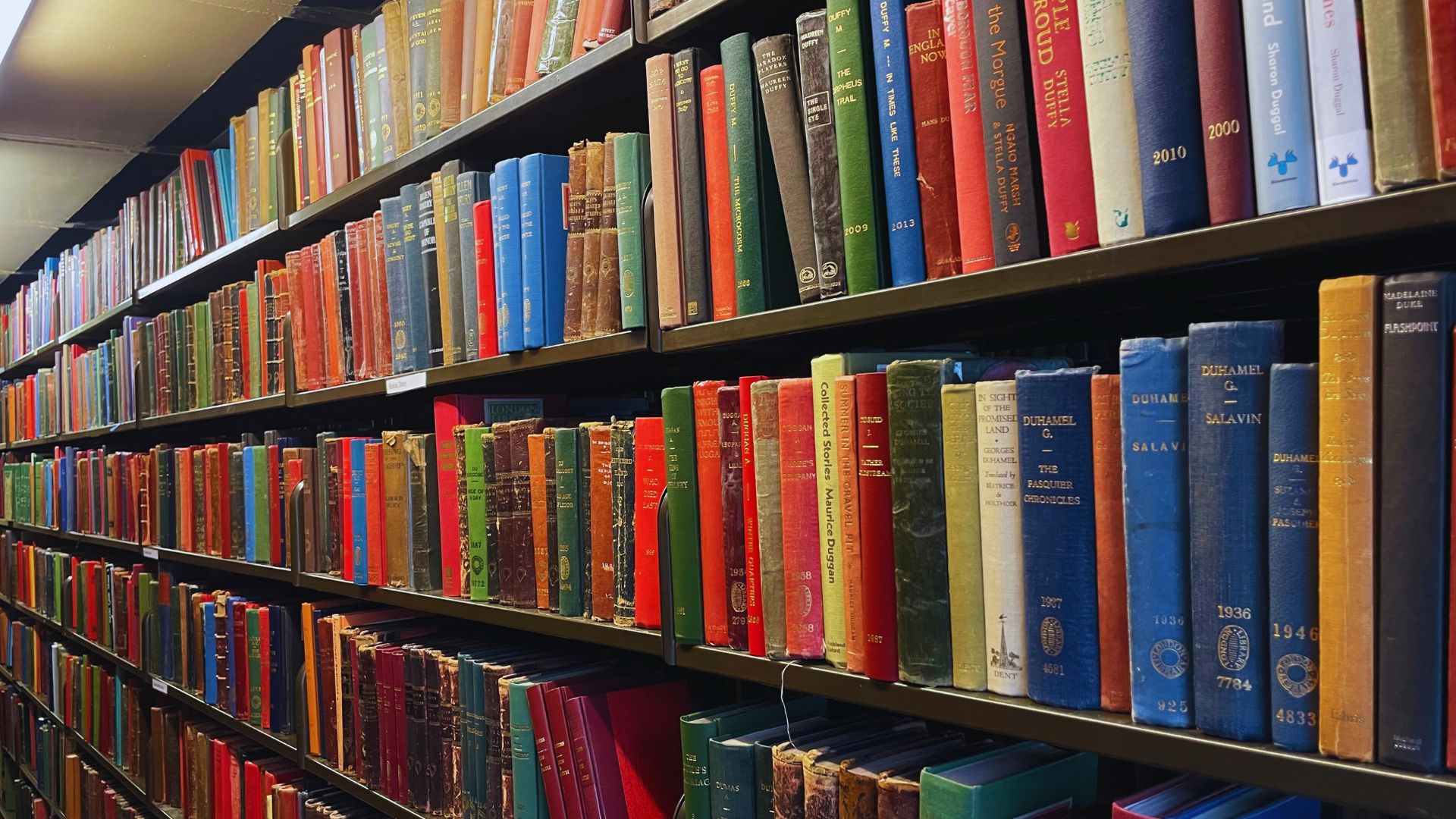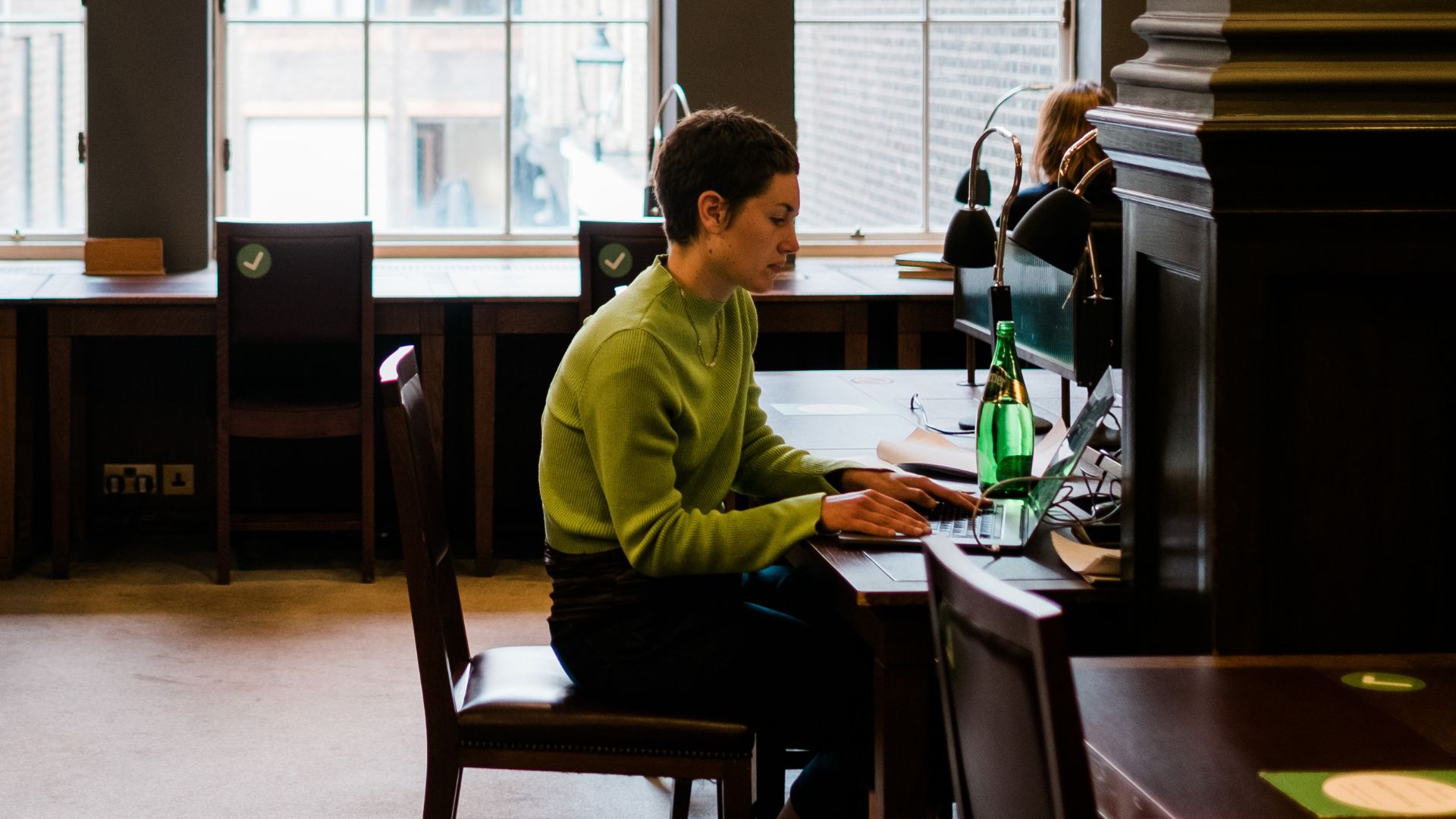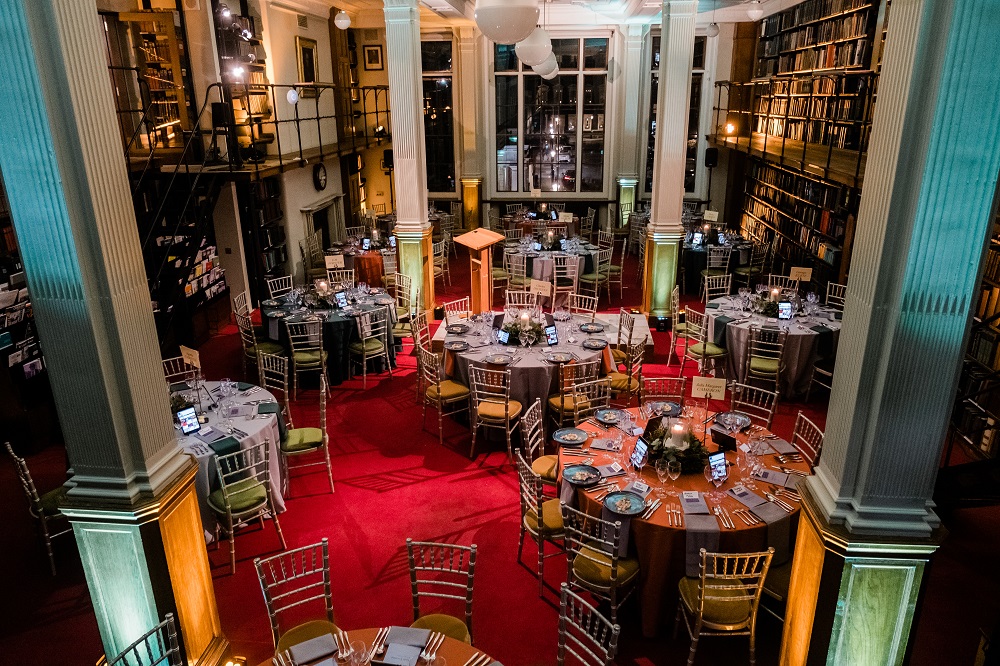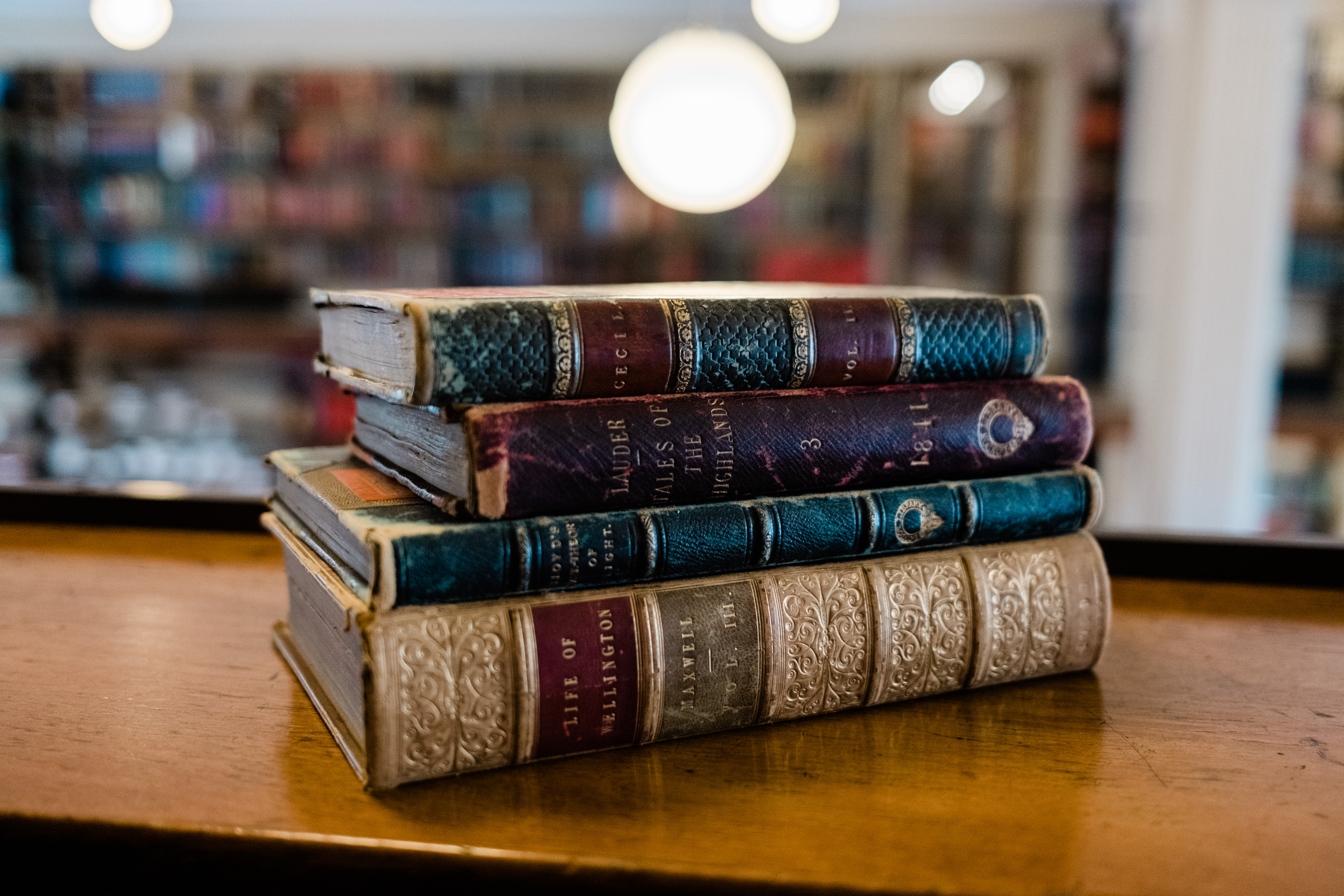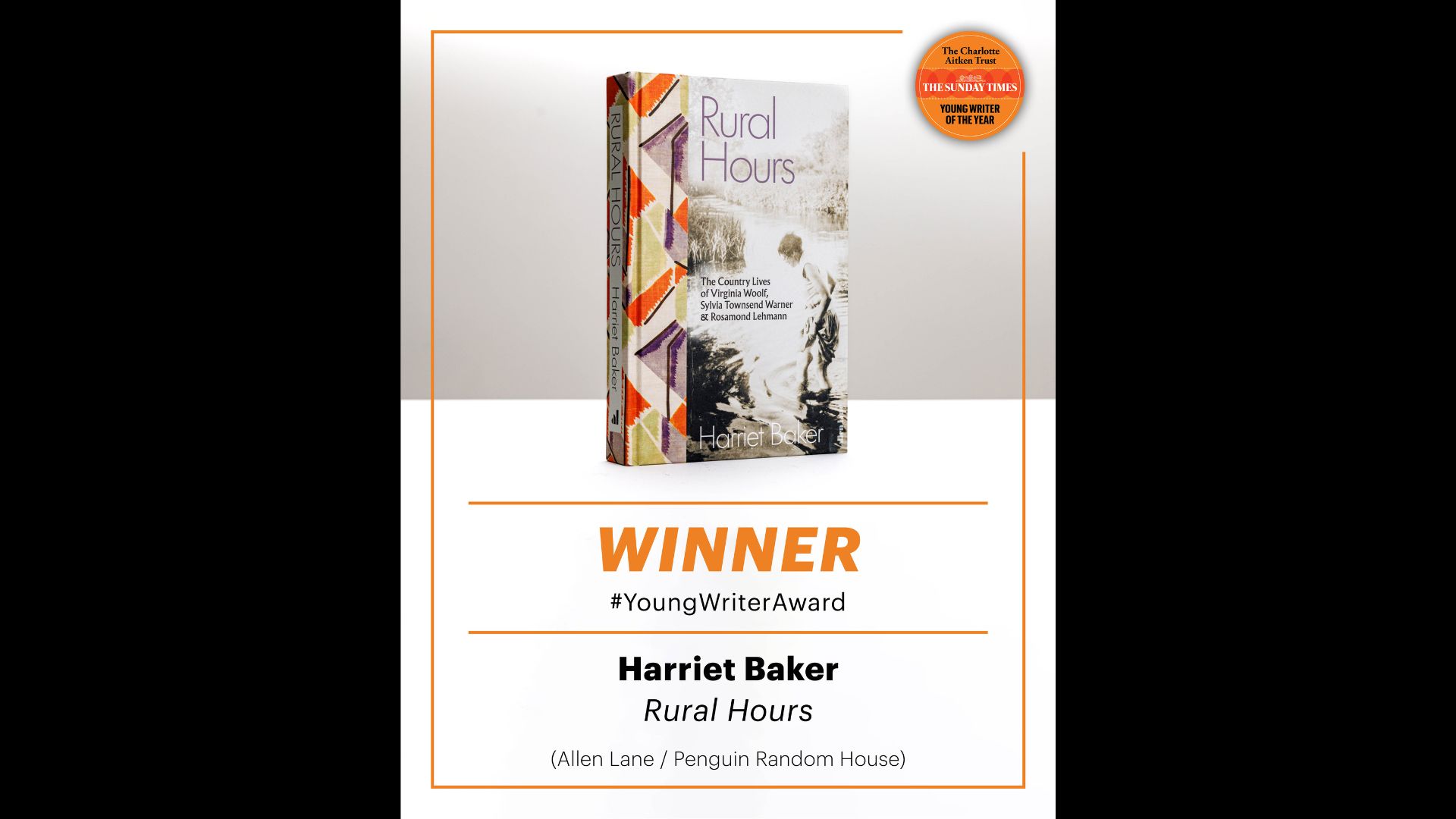For Remembrance Day 2014 Helen O’Neill, our Archive, Heritage & Development Librarian delves into the the Library’s history to consider the impact of the Great War on both staff and members of the Library.
On July 30 1916 The Times reported that fifteen members of London Library staff were on active service. Arthur Edwin Davis was one of those men He described his war service in a letter which survives in the Soldiers’ Records at the National Archives:
“I was attested on 17 November 1915 and called up for service on 3rd May 1916. Wounded at Ypres 3rd July 1917. Sent to England August 1917. Transferred to R.A.M.C. September 1918. Demobilised on 28th September 1919.”
Arthur’s injury, a gunshot wound to the right thigh, resulted in treatment in two military hospitals before his transfer to the Royal Army Medical Corps [R.A.M.C.]. His colleague David William Kelly was 22 when he was called up and saw action as a rifleman in France, Salonica and Egypt serving from May 1916 to March 1919. In September 1918 he too was wounded during his second stint in France. David joined the Library at fourteen, his school reference testifying to his character as “one of our best boys.”
Junior library assistant A.S. White became a sergeant during the war with the 6th London R.A.M.C. – a first line territorial division which spent 1916 to 1918 on the Somme with stints in Ypres and Arras, ferrying the wounded from the field of battle. Sergeant White had something very particular in common with Siegfried Sassoon, who joined the Library in 1922. Both men were awarded the Military Medal: Sassoon for “conspicuous gallantry” in the field saving men under heavy fire and A.S. White for his work with the R.A.M.C. Sergeant White was awarded the medal in September 1917 when almost 33,000 admissions had been handled by his division. Three months earlier Sassoon made one of the most public criticisms of the war in an open letter to his commanding officer. Intended for public consumption the controversial letter appeared under the title “Finished with the War: A Soldier’s Declaration” in the local press, was read out and discussed in the House of Commons and thereafter published in the pages of The Times. Tautly argued, Sassoon’s letter was a calculated counter-attack to Establishment complacency about the human cost of the War made all the more difficult to handle because of his considerable reputation for bravery:
“I am making this statement as an act of wilful defiance of military authority because I believe the war is being deliberately prolonged by those who have the power to end it. I am a soldier convinced that I am acting on behalf of soldiers.”
The human cost of the war was felt at the Library as the deaths of Charles Kennelly, Ernest Newman and J. Miller who were all killed in action were announced. Charles Kennelly who died on the Western Front in 1917, had been singled out for singular praise by Librarian Hagberg Wright in a restructuring document of 1909: “No praise” he wrote “is too high for Kennelly. He is the best read and most intelligent Assistant in the Library.”
The death of his colleague Lance Corporal Ernest Newman of the Queen’s Westminster Rifles was announced with sadness at the Library’s AGM in 1917.
In the year following the deaths of Kennelly and Newman an American poet joined the Library. Within four years he captured the literary after-shock of the Great War in his modernist poetic masterpiece: The Waste Land. T.S. Eliot’s poem appeared in Britain in the Criterion in October 1922, in America in The Dial the following month and was published by Virginia and Leonard Woolf at the Hogarth Press in 1923.
In 1925 Virginia fired off her own modernist riposte to the War in the shape of Mrs Dalloway, in which the mental disintegration of a shell-shocked soldier culminates in his impalement on the doorstep of respectable society. Mrs Dalloway appeared in the same year as No More Parades the second novel in Ford Madox Ford’s tetralogy Parade’s End. Ford’s work was re-interpreted in an award winning television series in 2012 written by the Library’s President, Tom Stoppard.
The story of the Great War was told through soldiers’ songs by London Library member Charles Chilton in a ground-breaking Radio 4 radio documentary in 1961 called the Long, Long Trail. Chilton’s work triggered both the stage musical Oh! What A Lovely War and Richard Attenborough’s film of the same title in 1969.
Above the Library’s Reception Desk in the Issue Hall hangs an oil painting of Hagbery Wright by William Orpen. The blank canvas was bought at a Red Cross sale at Christie’s during the War by an anonymous donor who requested that Wright sit for his portrait. I wonder if the portrait may, in part have been an acknowledgement of Wright’s role as Honorary Secretary and Trustee of the Red Cross War Library. His appeals for books for wounded servicemen appeared in the press during the War and the Library was as a drop off point for books for distribution to soldiers through the Red Cross. A large basket was placed prominently in the Issue hall for this purpose and advertisements instructed those sending books to the Library for distribution to label them clearly “For Wounded”. A large notice affixed to the front of the basket read “Books For Wounded Soldiers and Sailors.”
I continue to search for the stories of the London Library soldiers of the Great War not least for that of Library Assistant J. Miller who was killed in action in 1918 and whose first name, regiment and place of burial are currently unknown.
For more on the London Library during the Great War see the winter edition of the London Library magazine 2014.
To listen to the songs soldiers’ sang in the trenches or to hear more about the work of Charles Chilton see the following on BBC iplayerhttp://www.bbc.co.uk/programmes/b008hvwk andhttp://www.bbc.co.uk/programmes/b03nrn9m
To read Sassoon’s controversial letter in full seehttp://allpoetry.com/Sassoon’s-Public-Statement-Of-Defiance


